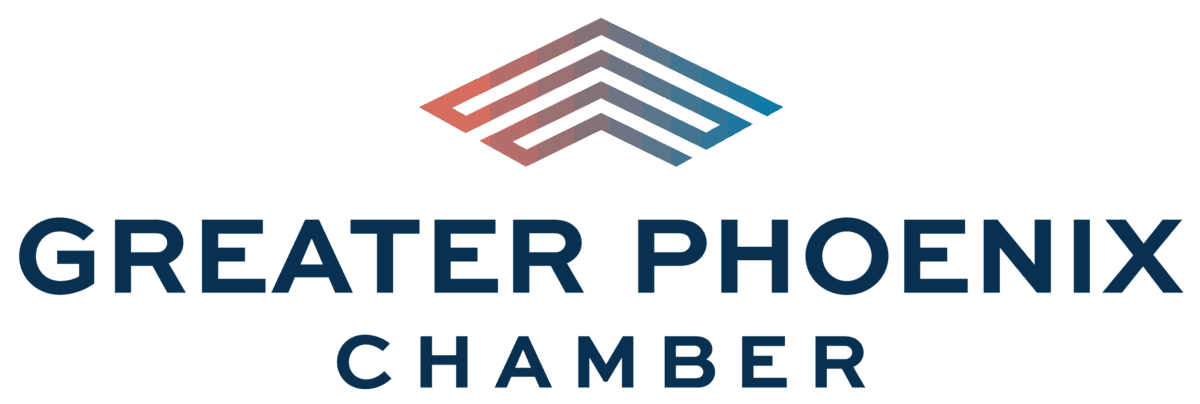
The Role of Employees
Diversity & inclusion is a team effort
Why is understanding the role of employees important?
Employees need a clear understanding of diversity goals & vision and have an inclusive mindset to learn & practice inclusive behaviors.
Employees who feel they can be their authentic selves at work are nearly 3 times more likely to say they’re proud to work for their company.
Employees who feel they can be their authentic selves at work are 4 times more likely to say they are empowered to perform their best work.
How to engage employees
Ways for employees to share who they are as a person:
-
Employee spotlights
-
Hosting activities that are open to everyone
-
Sport & hobby related groups
-
Weekly team meetings
-
Celebrating the month the group is nationally recognized- e.g. Black History Month (February), Women’s History Month (March), etc.
-
Community involvement and social responsibility initiatives.
The best way to develop an inclusive workplace environment is to leverage employee resource groups (ERGs). ERGs are employee-led groups that are formed based on specific traits that group members possess. They can be formed around factors such as race, gender, religion, sexual orientation, or other shared characteristics. Teach For All is a company that has mastered the art of creating a successful and thriving ERG. Here are some best practices for ERGs to bring employees together with a spirit of inclusion:
- Joint sponsorship of activities
- Equal sharing of opinions
- Soliciting feedback in decision making processes
- Engaging allies
- Leadership sponsor who is not a member of the group
How can management facilitate successful ERGs?
“Leaders must intentionally create an environment where employees feel they can safely express themselves and where specific concerns can be raised with transparency and confidence.”
- Leadership buy-in. You don’t need buy in from leadership to move forward, but it will make it easier to implement a new ERG and increase that organization’s effectiveness. It’s best if the group has an executive sponsor to advocate for them at the leadership level.
- Assess company needs and set goals. After getting buy-in from leadership, it is necessary to decide which ERGs are needed. Once you have decided what you need, it’s time to determine what outcomes you hope the ERG will achieve. ERG goals will be contingent on the company goals and needs.
- Start small. It is also beneficial to have allies in the group; which are individuals who do not necessarily share the group’s characteristics, but are passionate about the group, want to learn more, and want to show their support.
- Advertise the group. Make sure people in your organization know about the ERG and have the opportunity to participate. This can be done through the company’s intranet or internal communication platforms.
How employees can support diversity and inclusion
While strong leadership support is essential to fostering a diverse and inclusive work environment, employee support is also needed to maintain a strong D&I culture. Employees shape and reinforce the company’s culture through their behaviors and interactions with one another. If a company places value on treating people with dignity and respect, then employees should hold each other accountable for acting in accordance with those values. Clean Talk is a program that provides a communication framework to help employees and leaders discuss sensitive topics in a constructive way that promotes honesty and integrity while resolving conflict.
For example, say an employee works for a company that is committed to providing a workplace that is inclusive and free of insensitive or offensive behaviors. If that employee hears someone make a culturally insensitive comment, he/she would feel an obligation to address it because their company does not tolerate that behavior. The employee could use the Clean Talk program for guidance on how to approach the conversation with the person who made the insensitive comment. This provides an opportunity for the employees to potentially resolve the issue and reach mutually agreed upon expectations for behavior in the future, without having to escalate it to management. This method gives employees, as well as leaders, ownership in fostering an inclusive environment that values diversity and treating others with respect.
Communicate tips to promote diversity and inclusion:
- Know the diversity goals and vision of your organization and its connection to the overall business objectives.
- Participate in employee engagement surveys and respond as openly and honestly as possible.
- Actively engage in the diversity effort. You can take part in or start an Employee Resource Group, or volunteer to chair or serve on committees that organize diversity-related events and activities.
- Become culturally competent. Take the time to learn about different cultures, races, religions, and backgrounds represented by your colleagues.
- Treat people in a way they wish to be treated rather than the way you wish to be treated. Do not tell offensive jokes that may alienate those who are different from you — even if they are not present at the time. Most importantly, be respectful always. Drive positive change in the organization. Be a spokesperson for diversity issues that are not necessarily your own.
- Welcome ideas that are different from your own, and support fellow teammates.
- Understand the diversity elements you personally bring to the organization. Diversity comes not only in the form of culture, race, and gender but also includes elements such as socio-economic background, education level, geographic location, sexual orientation, thought, and many others.
- Commit to continuous improvement.
- Communicate and educate. Diversity work is a journey, not a destination.
Measures of Success
Areas to assess for signs of improvement

- Employee Survey
- Diverse hiring panels
- Decrease in the number of D&I complaints
- Annual demographics assessment (to see the change over time)
Success will be based on the overall goal – if your goal was to increase representation of women, then your measure of success is going to be pretty clear. Or maybe it is about retaining talent, so the program needed will be a retention program.
ERGs struggle with measuring and tracking results. We have all heard the term key performance indicators (KPIs). A KPI is a measurable value that shows how effectively a company is achieving key business objectives. A good KPI should act as a compass, helping you and your team understand whether you’re taking the right path toward your strategic goals.
Metrics
To be effective, a KPI must:
-
Be well-defined and quantifiable.
-
Be thoroughly communicated throughout your ERG
-
Actually be crucial to achieve your goal. (Hence, key performance indicators)
-
Be applicable to your Employee Resource Group vision.
Development metrics
- Career Advancement: ERGs should identify members who have advanced their careers as a direct result of an ERG program and initiative support and submit a minimum of three success stories per year to the D&I office.
- Personal Development: Number of attendees attending developmental events provided by your ERG over the total number of ERG members.
- Professional Development: Number of attendees attending professional growth events provided by your ERG over the total number of ERG members.
Retention metrics
- % of Member Engagement: ERG active members / ERG total members x 100, %
- What defines an ERG active member versus an ERG member? You can define this threshold, as an example — let’s say an active member is considered someone who attends 3+ events per year or it’s someone who has responsibilities for an event. An ERG member can be anyone who is registered in the mailing list. See where you currently stand and set a goal for where you want to be.
- Employee Turnover Rate (ETR): Before arriving upon your ETR, you need to have identified your ERG members, and active ERG members. Then take the number of ERG members who have departed the company and divide it by the average number of employees. If you have a high ETR in your ERG, spend some time examining your development and engagement opportunities.
- Employee Satisfaction: Happy employees are going to work harder — it’s as simple as that. Measuring your employee satisfaction through surveys and other metrics is vital to your ERG and organizational health.
Cultural transformation is not unlike defining a new strategy for the organization. They both must be openly discussed and understood throughout the company. Leaders must understand how the new culture aligns with market and business conditions. Since culture is a somewhat ambiguous and abstract subject, it’s important to use real, concrete business challenges and opportunities to help people better understand and connect to the need for change.
Diversity, Equity & Inclusion Toolkit
Employees shape and reinforce the company’s culture through their behaviors and interactions with one another. If a company places value on treating people with dignity and respect, then employees should hold each other accountable for acting in accordance with those values.

